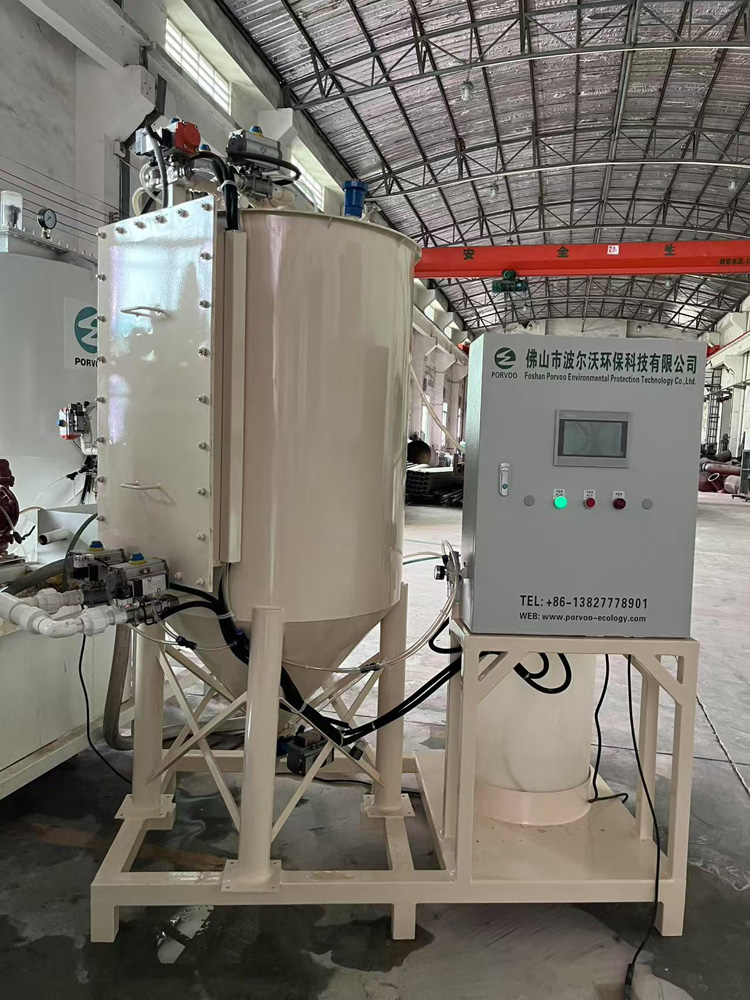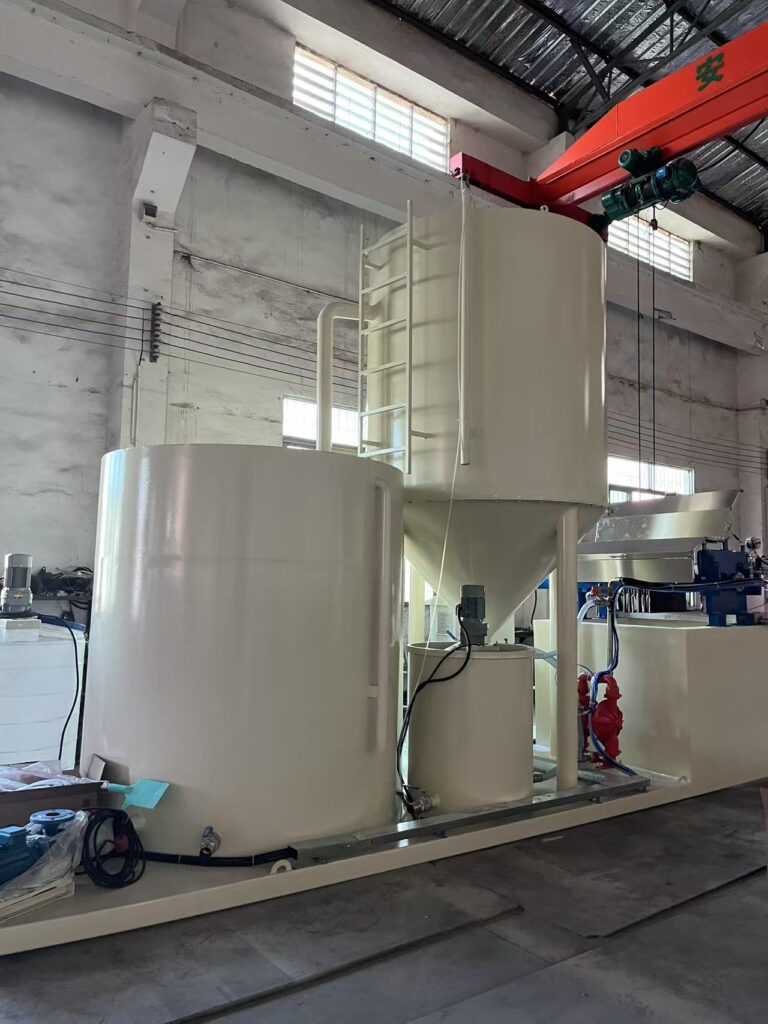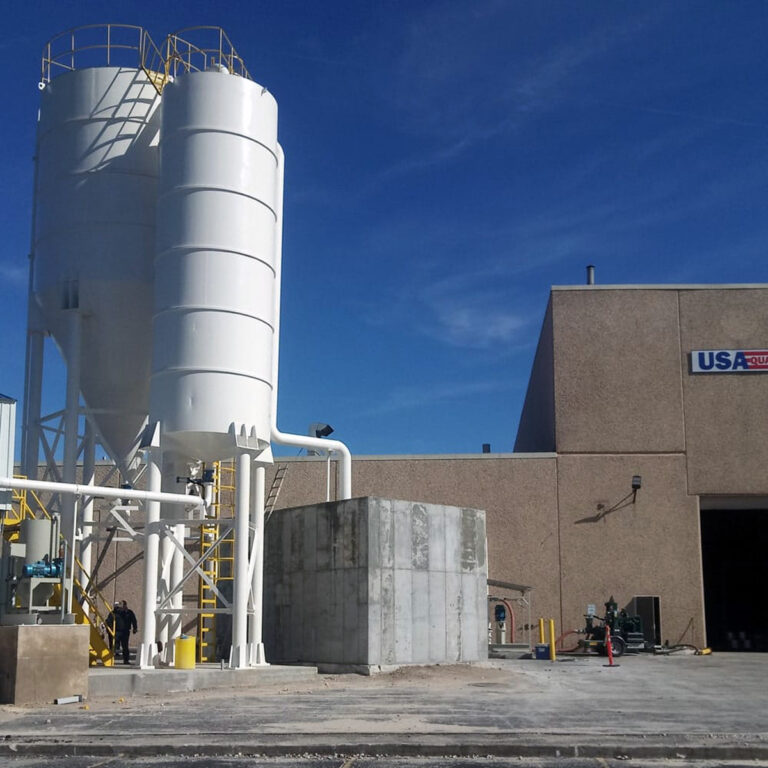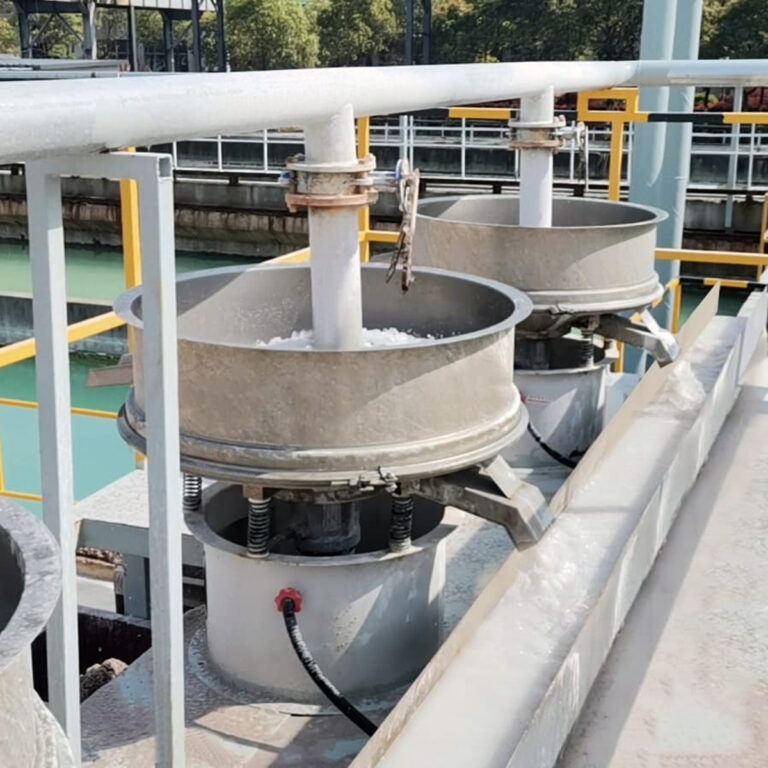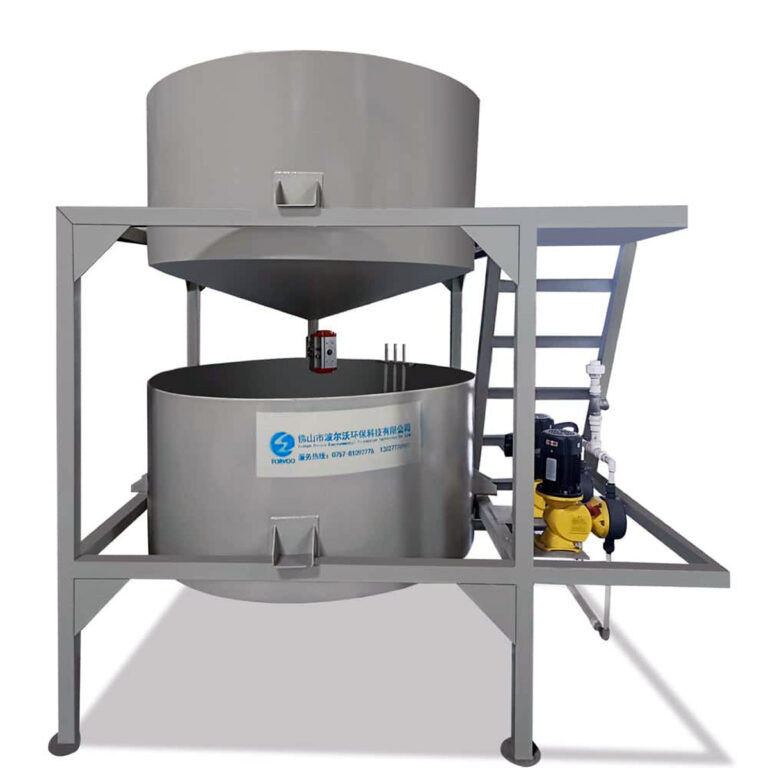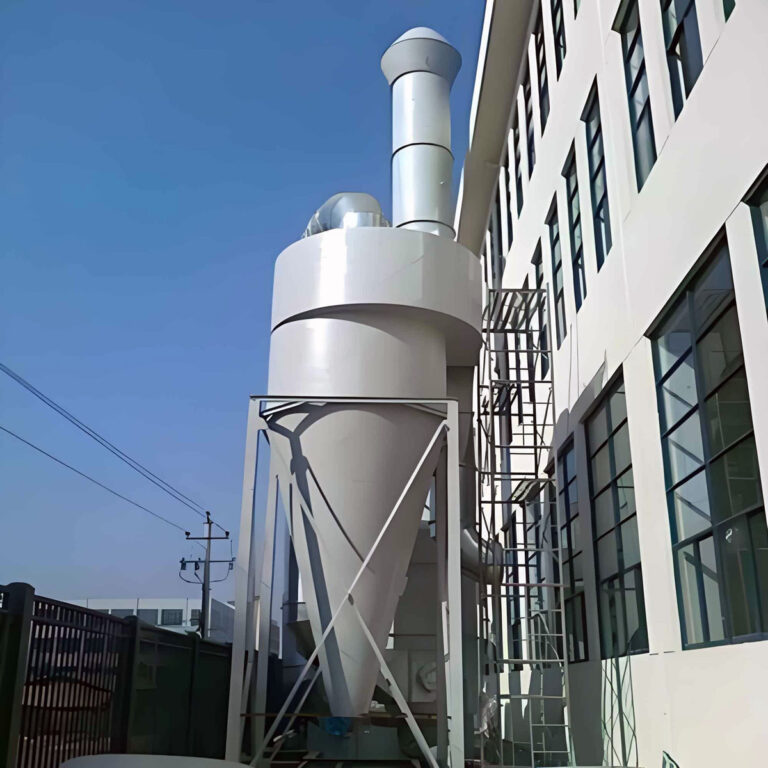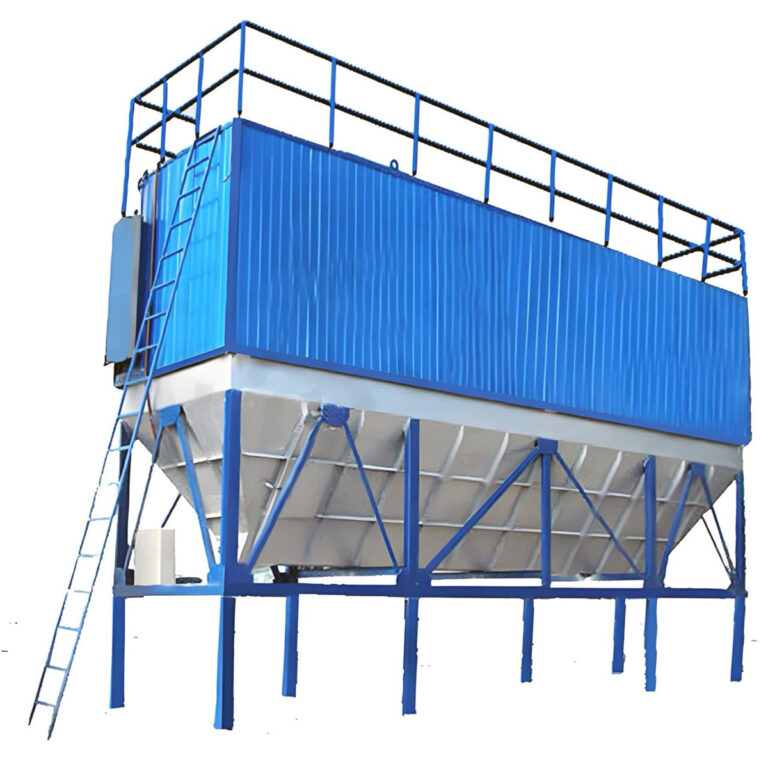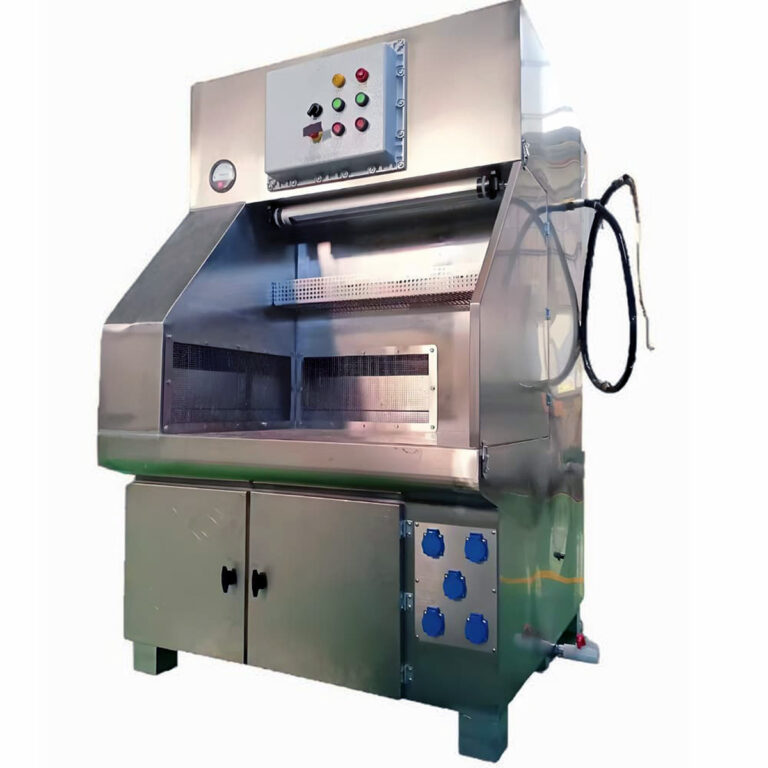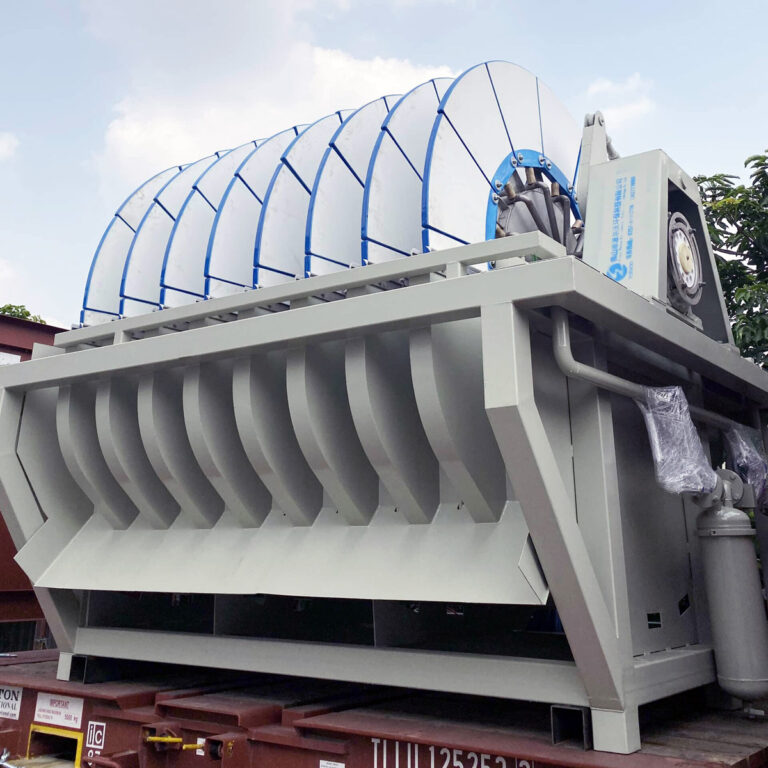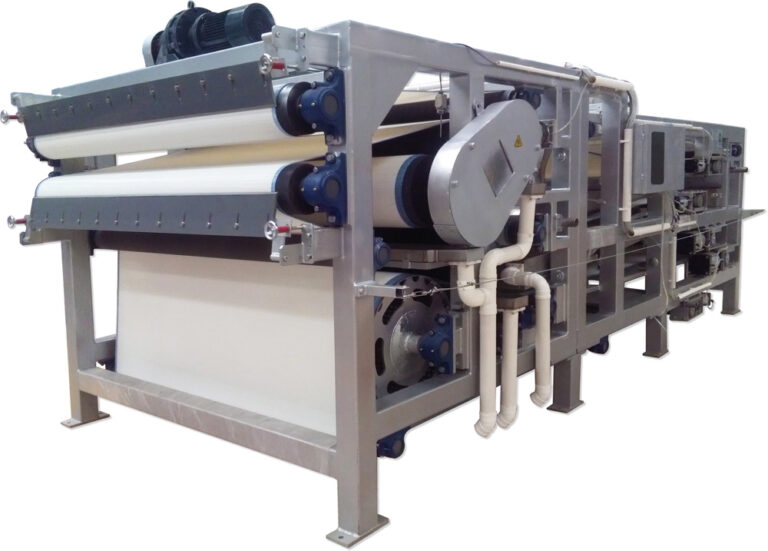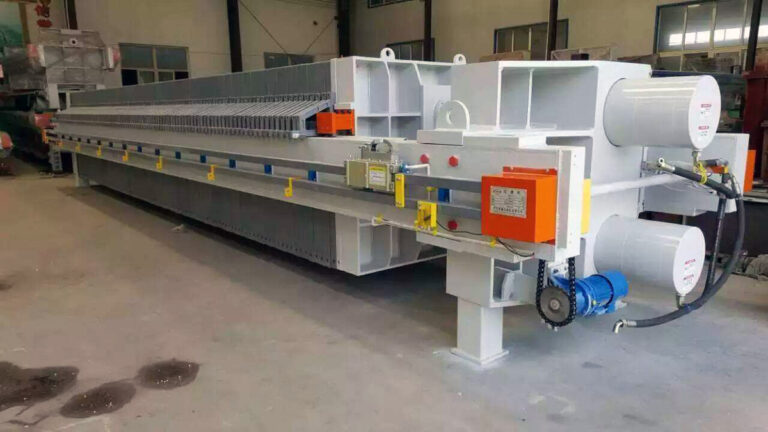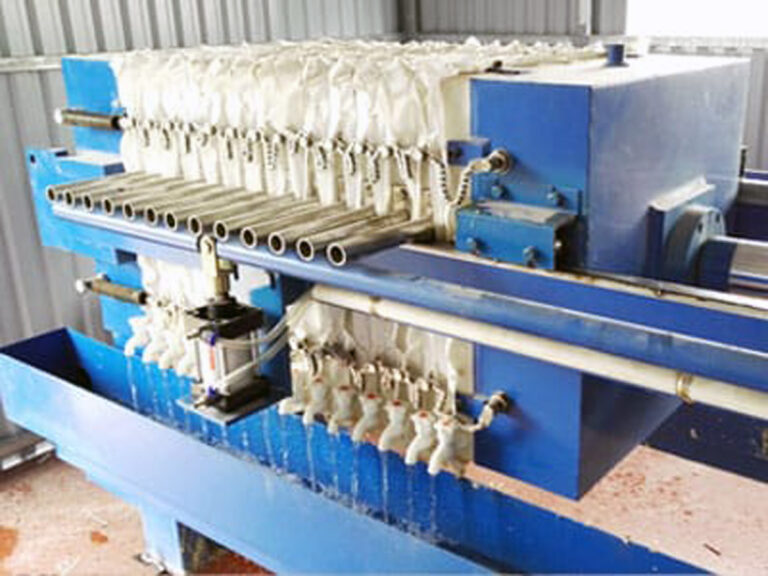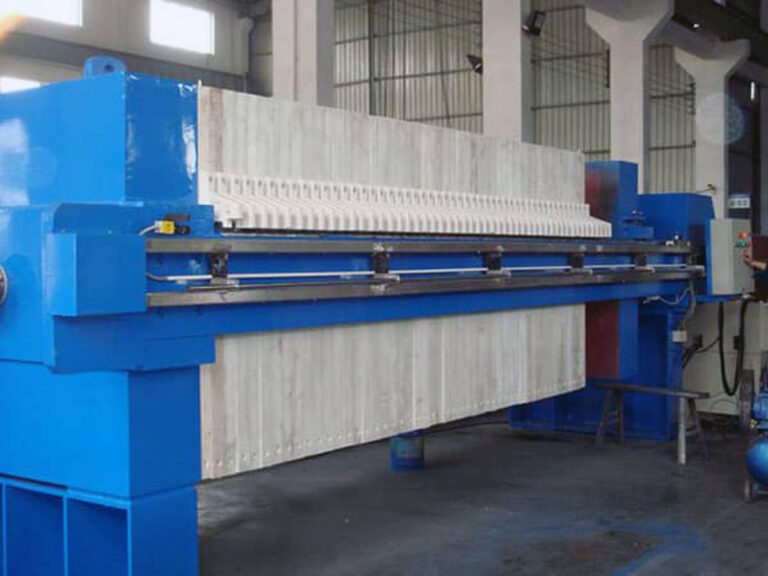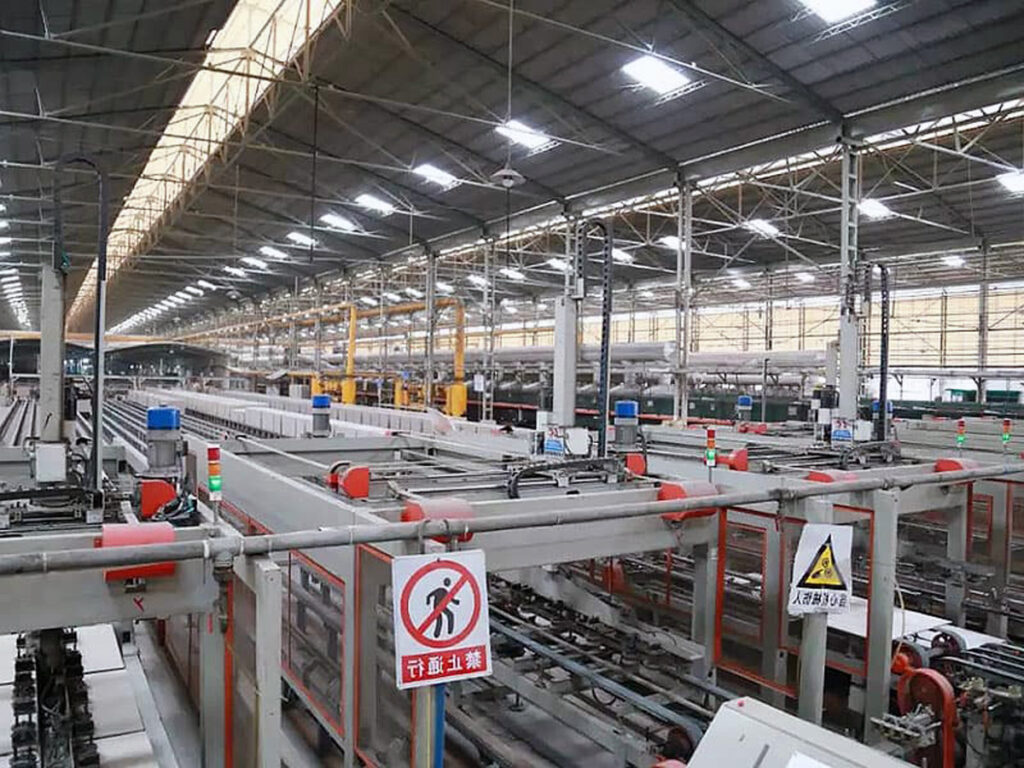Municipal and industrial facilities worldwide face mounting pressure to optimize their wastewater treatment processes while managing increasingly stringent discharge regulations. The challenge of efficiently removing water from sludge while maintaining consistent performance has become a critical operational concern. Traditional dewatering methods often fall short when dealing with varying sludge characteristics, high volumes, or demanding operational schedules.
This bottleneck in wastewater treatment can result in excessive disposal costs, regulatory compliance issues, and operational inefficiencies that impact your facility’s bottom line. Without reliable dewatering equipment, facilities struggle with inconsistent cake solids content, higher transportation costs for wet sludge, and potential environmental violations.
The belt filter press emerges as a proven solution for continuous sludge dewatering, offering superior performance across diverse applications. This comprehensive guide examines belt filter press technology, applications, and selection criteria to help you make informed decisions for your wastewater treatment needs. PORVOO has been at the forefront of delivering advanced filtration solutions that address these critical operational challenges.
What is a Belt Filter Press and How Does it Work?
A belt filter press represents a continuous dewatering system that separates water from sludge through a combination of chemical conditioning, gravity drainage, and mechanical compression. This technology has evolved into one of the most reliable methods for achieving consistent cake solids content in municipal and industrial applications.
Belt Filter Press Operating Principles
The dewatering process begins with polymer conditioning, where specially selected polymers are mixed with incoming sludge to enhance particle aggregation. The conditioned sludge then enters the gravity drainage zone, where free water separates naturally through the porous belt structure. Following gravity drainage, the material progresses through a series of compression zones where mechanical pressure is applied between two moving belts.
In our experience working with various sludge types, the key to optimal performance lies in proper polymer selection and dosing. Belt filter press wastewater applications typically achieve 18-25% cake solids content, depending on sludge characteristics and operational parameters. The continuous nature of this process allows for consistent performance even with varying feed conditions.
Industry research conducted by the Water Environment Federation indicates that modern belt filter press systems can process 50-500 gallons per minute per meter of belt width, making them suitable for both small and large-scale operations.
Key Components and Design Features
The primary components include the polymer feed system, mixing chamber, gravity drainage section, compression rollers, and belt washing system. Each component plays a crucial role in achieving optimal dewatering performance.
The belt washing system deserves particular attention, as proper belt cleaning directly impacts filtrate quality and operational longevity. High-pressure wash water removes residual solids and prevents belt blinding, which can significantly reduce dewatering efficiency. Modern systems incorporate automated wash water controls that adjust pressure and flow based on operating conditions.
| Component | Function | Performance Impact |
|---|---|---|
| Polymer Feed System | Chemical conditioning | Cake solids content |
| Gravity Drainage Zone | Free water removal | Overall throughput |
| Compression Rollers | Mechanical dewatering | Final cake dryness |
| Belt Washing System | Belt maintenance | Consistent performance |
Why Choose Belt Filter Press for Wastewater Dewatering?
The decision to implement belt filter press technology often stems from the need for reliable, continuous operation with minimal operator intervention. These systems offer distinct advantages over batch processes and other dewatering technologies.
Performance Advantages in Sludge Treatment
BFP dewatering consistently delivers superior cake solids content compared to gravity thickening alone. Municipal wastewater sludge typically achieves 20-24% solids content, while industrial applications may reach 25-30% depending on the specific waste characteristics. This performance translates directly into reduced disposal costs and improved handling characteristics.
The continuous operation eliminates the productivity losses associated with batch processes. A recent study by the American Water Works Association found that facilities using belt filter press technology reported 15-20% higher overall dewatering efficiency compared to alternative methods. This improvement stems from the ability to maintain consistent operating conditions throughout the processing cycle.
While belt filter press systems excel in most applications, they do require careful attention to polymer consumption, which can represent 60-70% of operating costs. However, the consistent performance and reduced labor requirements typically offset these chemical costs.
Operational Efficiency and Cost Benefits
Operating cost analysis reveals significant advantages for belt filter press systems in medium to large-scale applications. The continuous nature eliminates the need for multiple units or complex scheduling required with batch processes. According to industry data, facilities processing more than 100,000 gallons per day typically see payback periods of 2-3 years when upgrading to belt filter press technology.
Energy consumption remains relatively low compared to thermal drying or other intensive dewatering methods. Most systems operate at 5-15 horsepower per meter of belt width, making them suitable for facilities with limited electrical capacity.
A municipal treatment plant in Ohio reported a 35% reduction in sludge disposal costs after implementing advanced filtration equipment to replace their aging gravity thickeners. The improved cake solids content reduced trucking frequency and disposal volumes significantly.
What Are the Primary Belt Filter Press Applications?
The versatility of belt filter press technology enables successful implementation across diverse wastewater treatment scenarios. Understanding specific application requirements helps optimize system selection and performance.
Municipal Wastewater Treatment
Municipal facilities represent the largest application segment for belt filter press wastewater systems. These installations typically handle mixed primary and secondary sludge with varying organic content throughout the day. The continuous operation aligns well with municipal treatment schedules and provides consistent performance despite fluctuating feed conditions.
Primary sludge applications generally achieve higher cake solids content (22-26%) due to the higher organic content and better dewatering characteristics. Secondary sludge, while more challenging to dewater, still achieves acceptable performance (18-22% solids) with proper polymer conditioning.
A case study from a 5 MGD treatment facility in California demonstrated the effectiveness of belt filter press technology in handling combined sludge streams. The facility achieved an average cake solids content of 23% while processing 150,000 gallons per day of mixed sludge. The consistent performance allowed the facility to reduce disposal costs by 40% compared to their previous thickening-only approach.
Industrial Process Water Management
Industrial applications often present unique challenges due to specific contaminants or unusual sludge characteristics. Sludge dewatering systems in industrial settings must accommodate varying chemical compositions, pH levels, and particle sizes that differ significantly from municipal waste.
Food processing facilities frequently utilize belt filter press technology for handling biological sludge from treatment processes. The organic nature of these wastes generally produces excellent dewatering results with appropriate polymer selection. Textile and chemical industries benefit from the continuous operation when dealing with consistent waste streams.
| Industry Sector | Typical Solids Content | Primary Considerations |
|---|---|---|
| Food Processing | 25-30% | Biological sludge characteristics |
| Chemical Manufacturing | 20-25% | Chemical compatibility |
| Textile Industry | 22-27% | Fiber content management |
| Pharmaceutical | 18-24% | Regulatory compliance |
How to Select the Right Belt Filter Press System?
Proper system selection requires careful evaluation of both current needs and future requirements. The sizing and specification process involves multiple technical and operational considerations.
Capacity and Performance Specifications
Belt width represents the primary sizing parameter, with standard widths ranging from 1 to 3 meters. Throughput capacity increases proportionally with belt width, but optimal performance depends on matching belt speed to sludge characteristics. In our experience, oversizing by 20-30% provides operational flexibility and accommodates future growth.
Hydraulic loading rates typically range from 100-400 gallons per minute per meter of belt width, depending on sludge type and target cake solids content. Municipal applications often operate at the higher end of this range, while industrial applications may require more conservative loading rates to achieve optimal performance.
The polymer feed system sizing requires careful consideration of dosing rates, which typically range from 3-8 pounds per dry ton of sludge. Accurate feed rate control becomes critical for maintaining consistent performance and controlling operating costs.
Maintenance and Operating Considerations
Routine maintenance requirements include daily belt inspection, weekly roller alignment checks, and monthly belt tensioning adjustments. Wastewater dewatering equipment longevity depends heavily on proper maintenance scheduling and operator training.
Belt replacement typically occurs every 6-12 months, depending on operating conditions and sludge characteristics. Abrasive materials or improper cleaning can significantly reduce belt life. Modern polyester belts offer improved chemical resistance and longer service life compared to older materials.
A comprehensive maintenance program should include spare parts inventory for critical components such as bearings, seals, and drive components. Facilities operating industrial filtration equipment benefit from established maintenance protocols that minimize unplanned downtime.
What Challenges Should You Consider with Belt Filter Press Technology?
Like any dewatering technology, belt filter press systems present certain operational challenges that require careful consideration during the selection process.
Operational Limitations and Solutions
The most significant limitation involves polymer consumption, which can represent 60-70% of total operating costs. Polymer selection requires ongoing optimization based on sludge characteristics, which can vary seasonally or due to process changes. Facilities must maintain polymer inventory and mixing capabilities, adding complexity to operations.
Skilled operator requirements present another consideration. While modern systems include automated controls, optimal performance still depends on operator experience and training. It’s worth noting that most facilities achieve satisfactory results with standard operator training programs, but peak performance requires ongoing attention to system parameters.
Belt blinding can occur when inadequate washing or improper polymer dosing creates residual buildup on the belt surface. This condition reduces dewatering efficiency and can lead to premature belt replacement if not addressed promptly.
Cost-Benefit Analysis for Different Applications
Economic justification varies significantly based on facility size and current disposal costs. Facilities processing less than 50,000 gallons per day may find alternative technologies more cost-effective due to the fixed costs associated with polymer feed systems and skilled operators.
However, medium to large-scale operations typically realize substantial savings through improved cake solids content and reduced disposal frequency. The break-even point often occurs at processing volumes of 75,000-100,000 gallons per day, depending on local disposal costs and sludge characteristics.
| Facility Size | Processing Volume | Typical Payback Period |
|---|---|---|
| Small | <50,000 GPD | 4-6 years |
| Medium | 50,000-200,000 GPD | 2-4 years |
| Large | >200,000 GPD | 1-3 years |
Optimizing Your Wastewater Treatment Strategy
Belt filter press technology continues to evolve with advances in automation, belt materials, and polymer chemistry. The consistent performance and operational flexibility make these systems an excellent choice for facilities requiring reliable sludge dewatering with minimal operator intervention.
The key to successful implementation lies in proper system sizing, comprehensive operator training, and ongoing optimization of polymer conditioning. Facilities that invest in proper installation and maintenance protocols typically achieve 15-20 years of reliable service life with minimal major repairs.
As environmental regulations become increasingly stringent, the ability to consistently achieve high cake solids content while maintaining excellent filtrate quality positions belt filter press technology as a cornerstone of modern wastewater treatment. The continuous operation and predictable performance characteristics align well with the demanding operational requirements of both municipal and industrial facilities.
Consider your specific application requirements, processing volumes, and operational constraints when evaluating belt filter press technology. The investment in proper dewatering equipment pays dividends through reduced disposal costs, improved regulatory compliance, and enhanced operational reliability. For facilities ready to upgrade their sludge handling capabilities, exploring comprehensive filtration solutions represents a strategic step toward optimized wastewater treatment performance.
What specific challenges does your facility face in sludge dewatering, and how might continuous belt filter press technology address these operational needs?
Frequently Asked Questions
Q: What is a Belt Filter Press, and how does it apply to wastewater treatment?
A: A Belt Filter Press is an essential tool in wastewater treatment plants, used to remove water from liquid wastewater residuals to produce a non-liquid material called “cake.” This process significantly reduces the volume of residuals, making it easier to handle and dispose of. The Belt Filter Press works by conditioning sludge with chemicals, then using gravity and pressure to dewater it, resulting in a manageable solid cake.
Q: How does the Belt Filter Press work in terms of dewatering wastewater sludge?
A: The Belt Filter Press operates through several stages:
- Chemical Conditioning: Sludge is mixed with polymers to form clumps.
- Gravity Dewatering: Free water is removed from the sludge.
- Low-Pressure Dewatering: The sludge is squeezed lightly between belts.
- High-Pressure Dewatering: The sludge is further compressed through rollers.
- Discharge: The dewatered cake is removed and cleaned.
Q: What are the benefits of using a Belt Filter Press for wastewater treatment?
A: Using a Belt Filter Press for wastewater treatment offers several advantages:
- Volume Reduction: It significantly reduces the volume of wastewater residuals.
- Cost Savings: Lower storage and transportation costs.
- Improved Efficiency: More efficient handling and disposal of treated sludge.
- Environmental Benefits: Reduced water content in the final product makes it more environmentally friendly for disposal or reuse.
Q: What types of sludge can be treated with a Belt Filter Press?
A: Belt Filter Presses are commonly used to dewater primary and waste activated sludges from aerobic or anaerobic digestion processes. They are versatile and can handle a variety of sludges, making them a popular choice for wastewater treatment plants.
Q: How do I ensure optimal performance of a Belt Filter Press in wastewater treatment?
A: For optimal performance, it’s crucial to:
- Condition Sludge Properly: Use the right amount of polymer to form strong flocs.
- Maintain Belt Tension: Ensure belts are properly aligned and tensioned.
- Monitor Roller Movement: Ensure smooth operation of rollers to avoid clogging.
- Regular Maintenance: Clean and inspect the press regularly to prevent issues.
Q: Can Belt Filter Presses be used for applications other than wastewater treatment?
A: Yes, Belt Filter Presses are not limited to wastewater treatment. They are also used in mineral washing, pulp and paper production, and even in food processing to dewater materials like fruit and potato skins. Their versatility makes them a valuable tool across various industries.
External Resources
Belt Filter Presses Manufacturers and Suppliers in the USA and Worldwide – Thomasnet – This resource lists leading manufacturers and suppliers of belt filter presses for wastewater treatment, providing detailed product information and company profiles relevant to treatment solutions.
Belt Filter Presses – Charter Machine Company – Charter Machine Company presents its range of belt filter presses specifically designed for wastewater treatment plants of any size, offering customizable and high-performance solutions.
AS-H Belt press for efficient sludge dewatering – Alfa Laval – Alfa Laval details its AS-H belt press technology, with a focus on efficient sludge dewatering for municipal and industrial wastewater treatment, including technical support and optimization tips.
Belt Press Equipment & Manufacturers – Langley Separation and Process – Langley Separation and Process provides an overview of belt filter press equipment and manufacturers, showcasing expertise in municipal and industrial applications, as well as OEM parts and servicing.
Belt Filter Press | PHOENIX Process Equipment – PHOENIX Process Equipment explains the operating principles, advantages, and industry applications of belt filter presses in liquid-solid separation for wastewater treatment and other sectors.
Belt Filter Presses – Water Online – Water Online offers a summary of belt filter press technology used in wastewater treatment, highlighting benefits, typical applications, and considerations for equipment selection.
